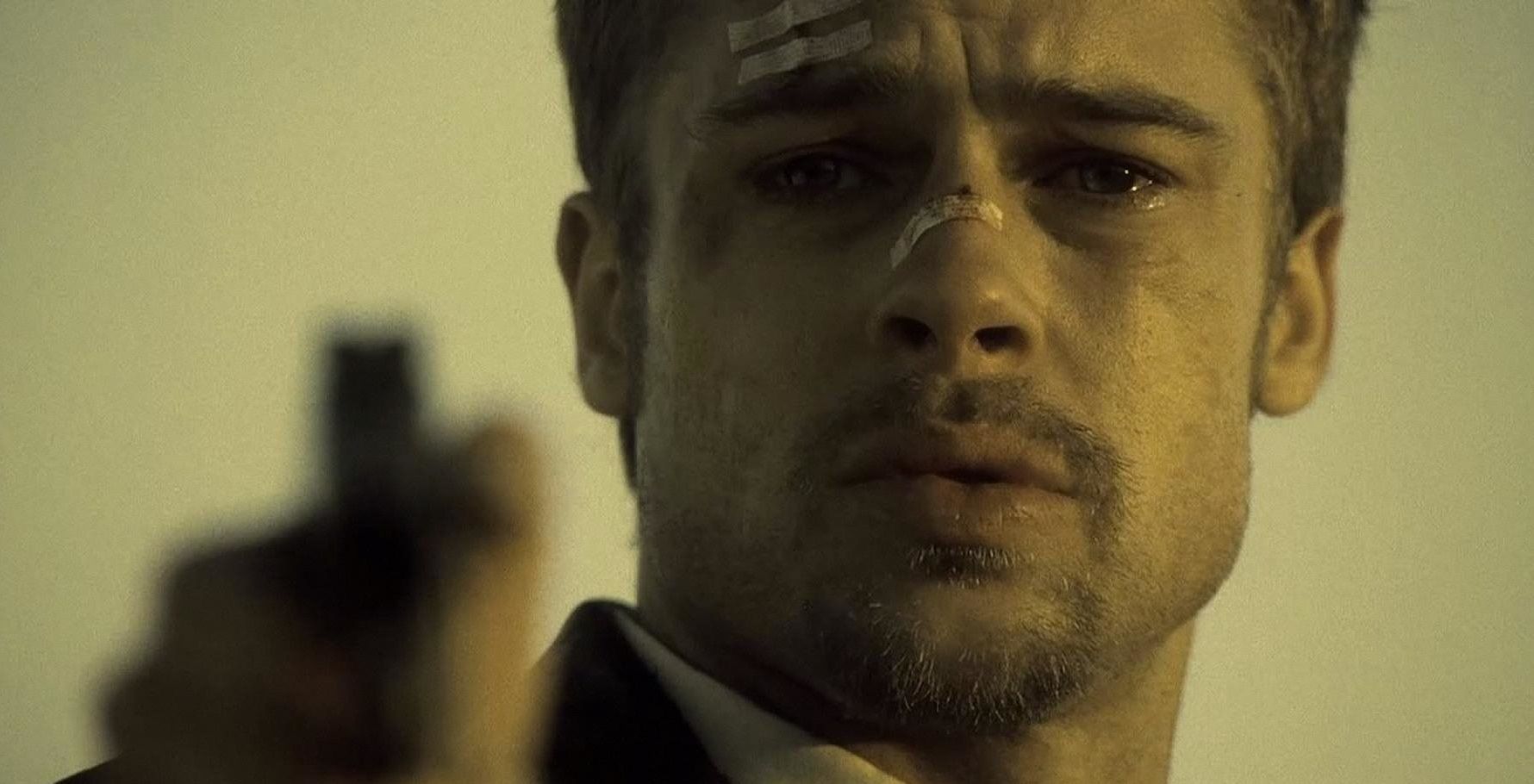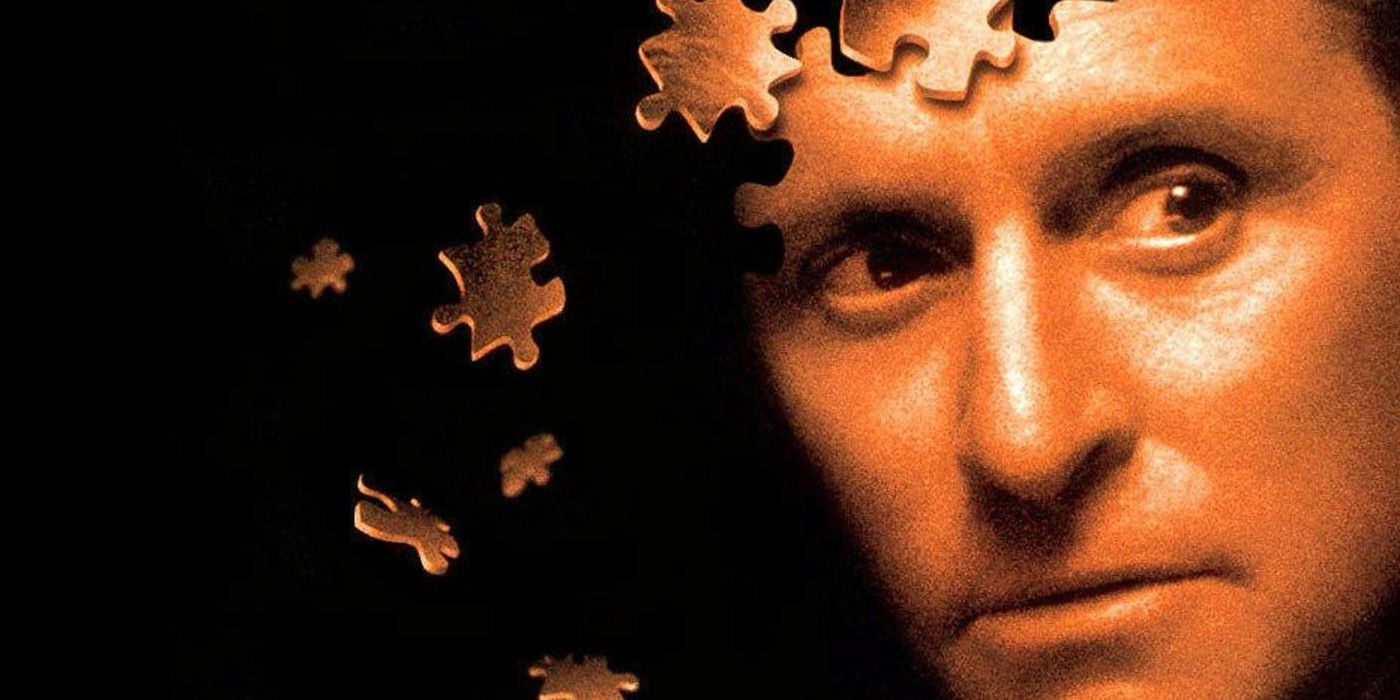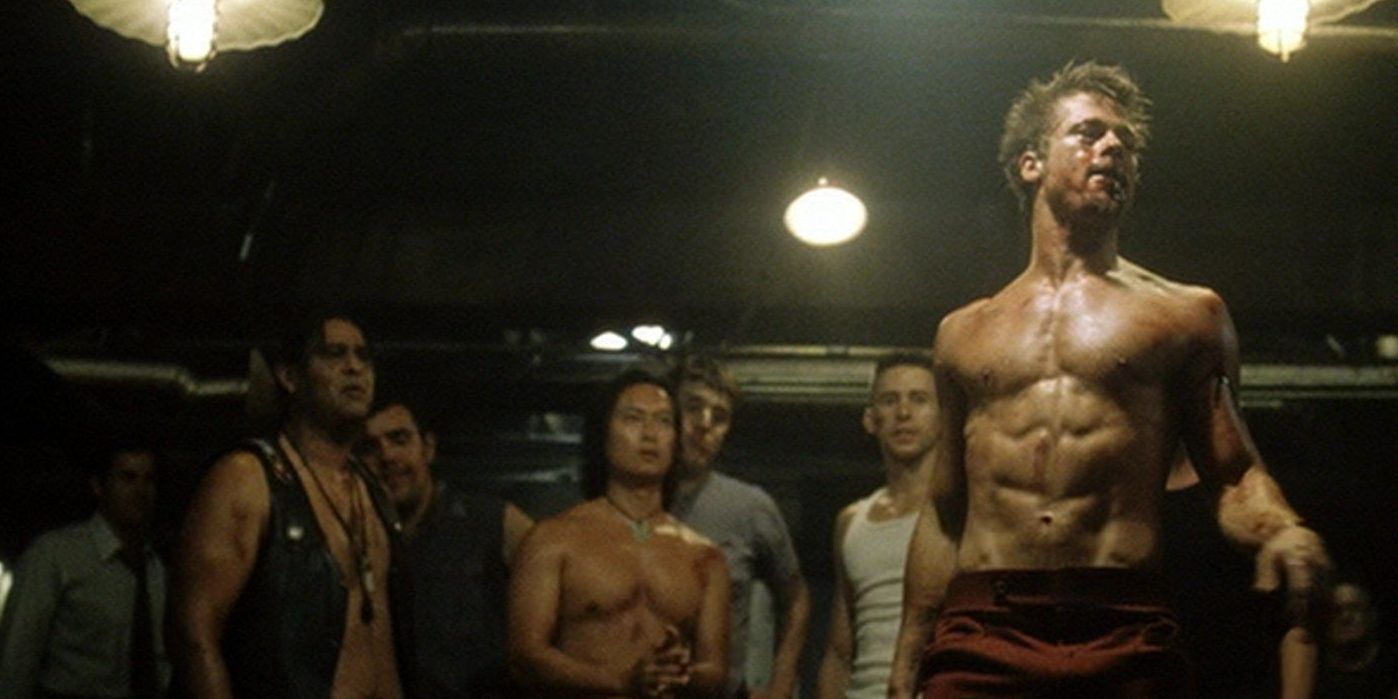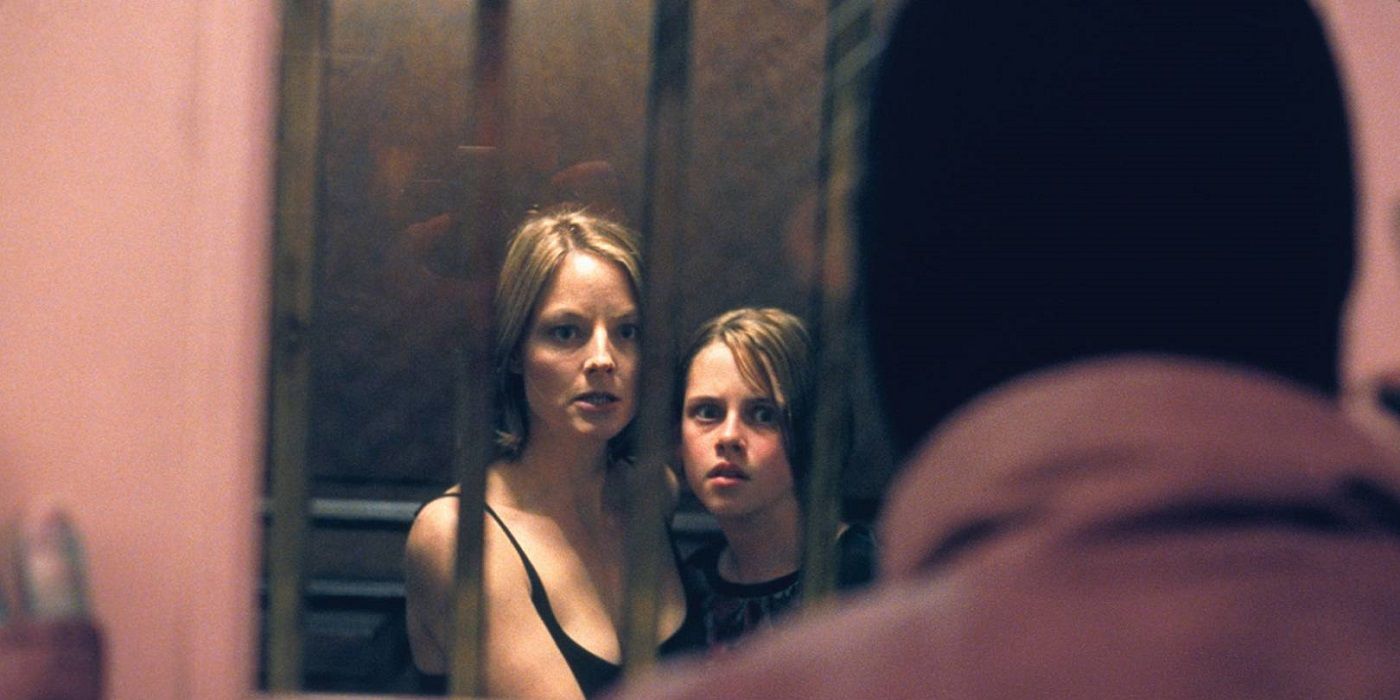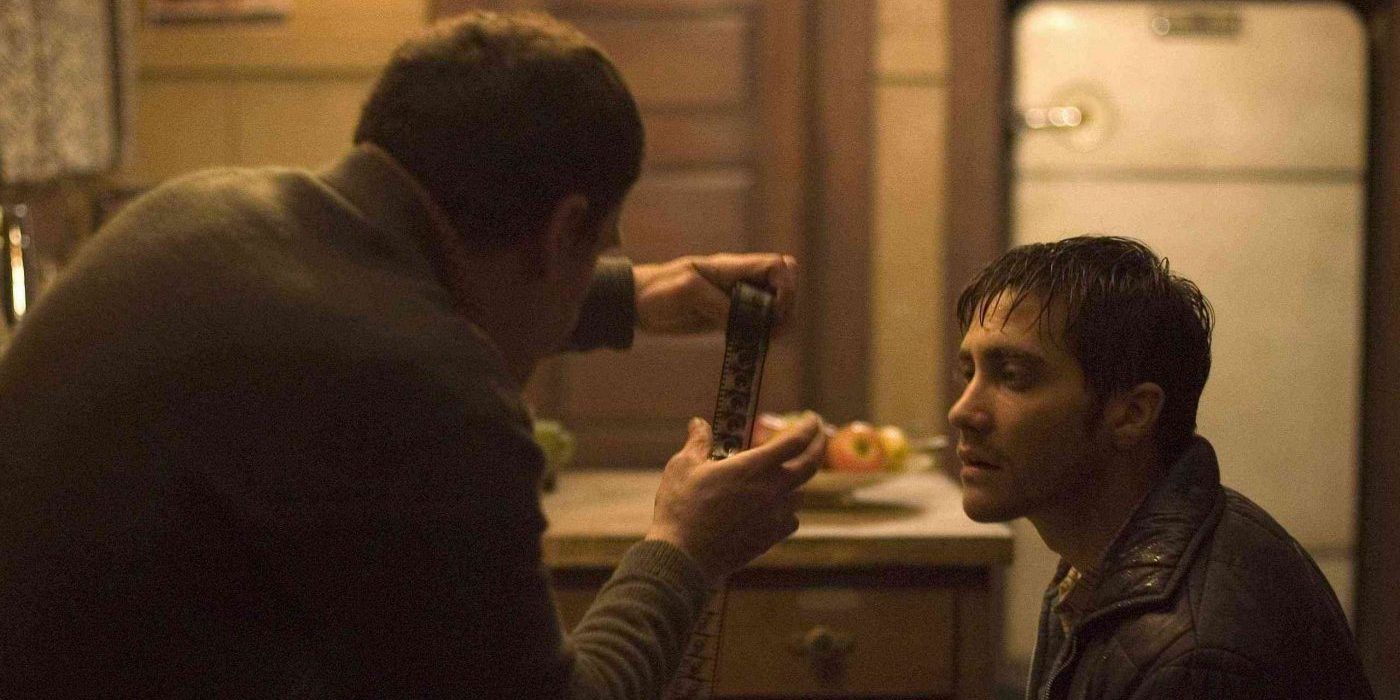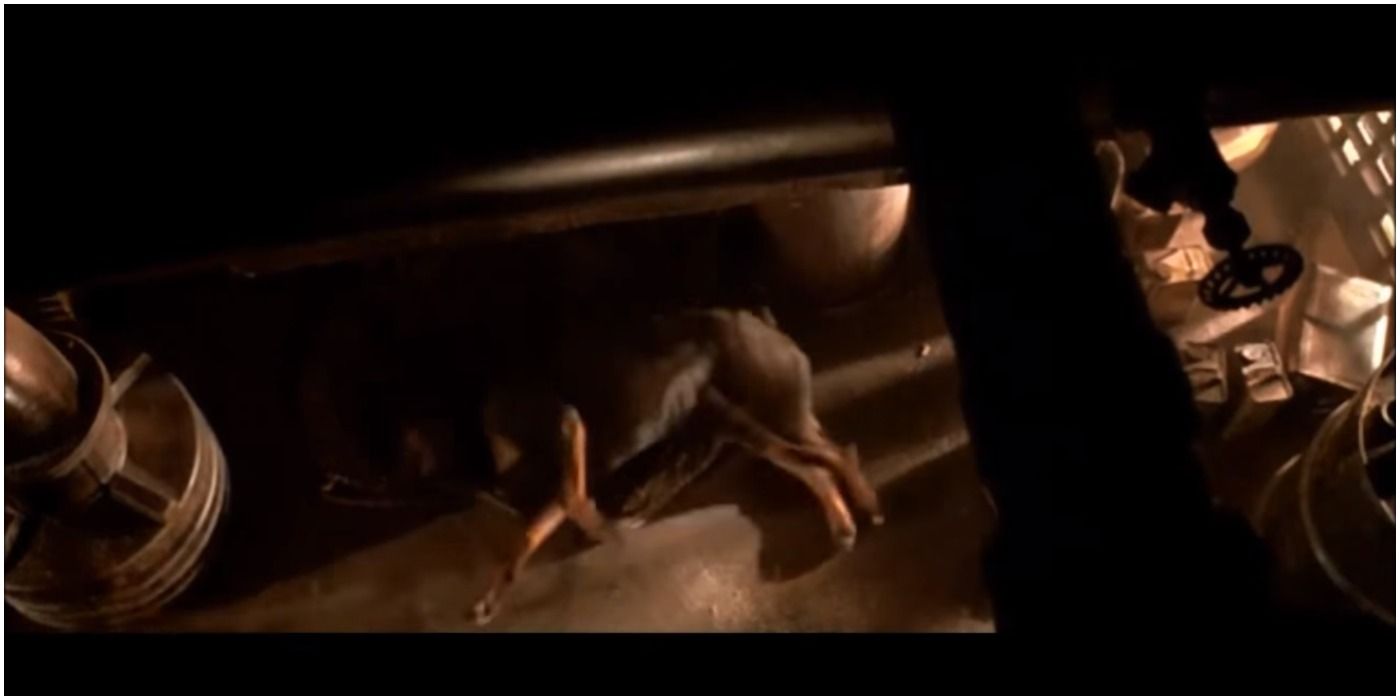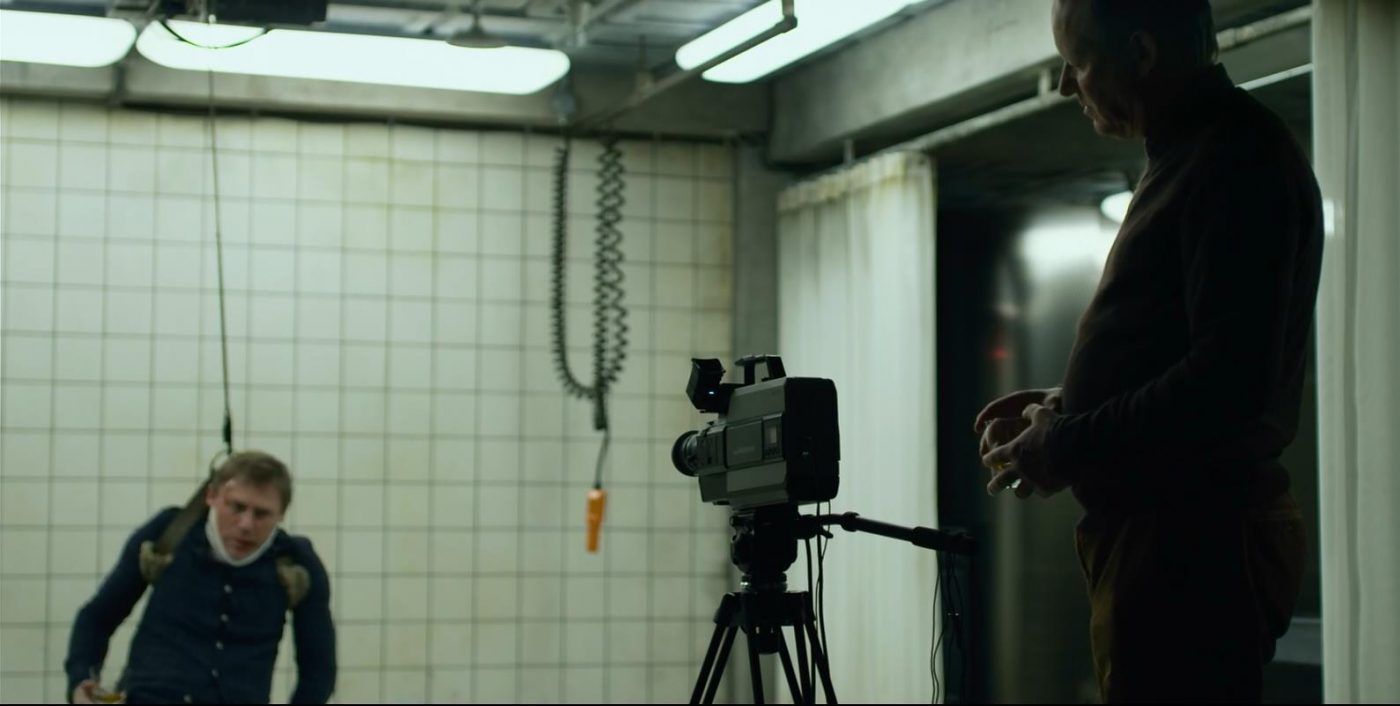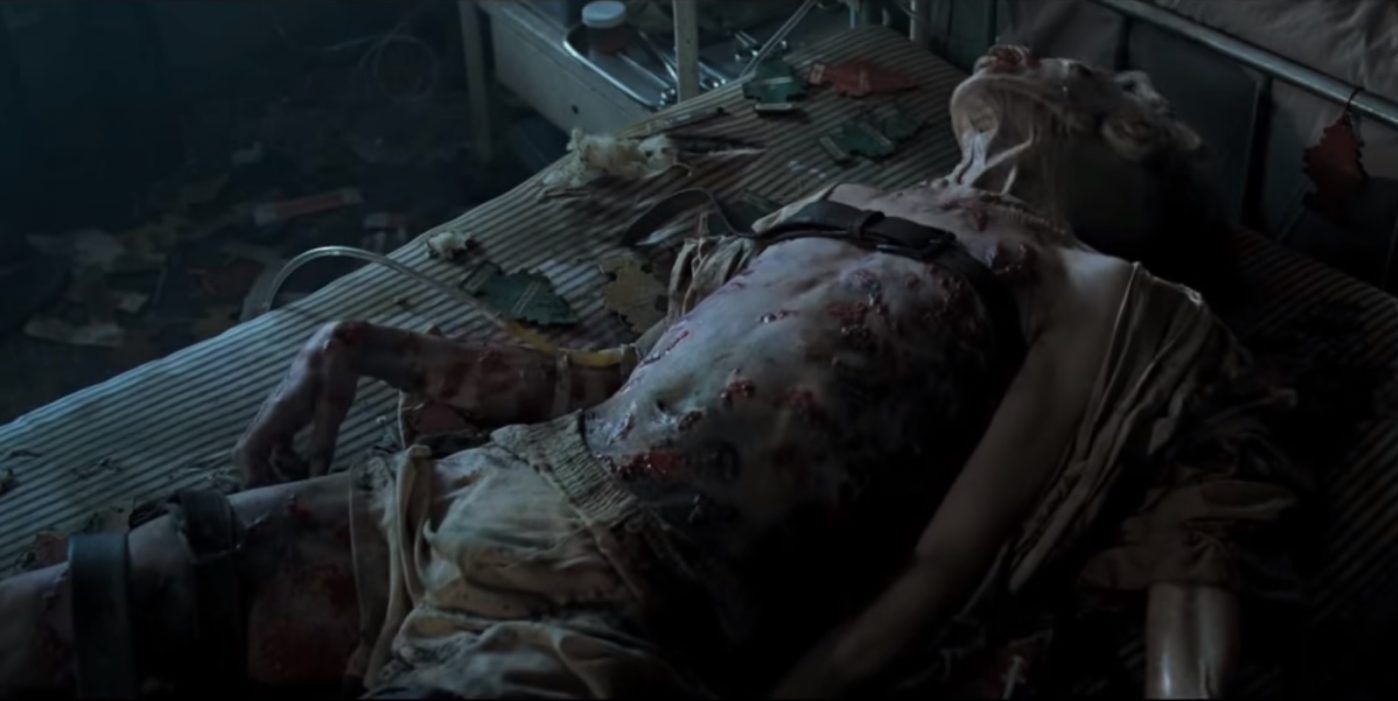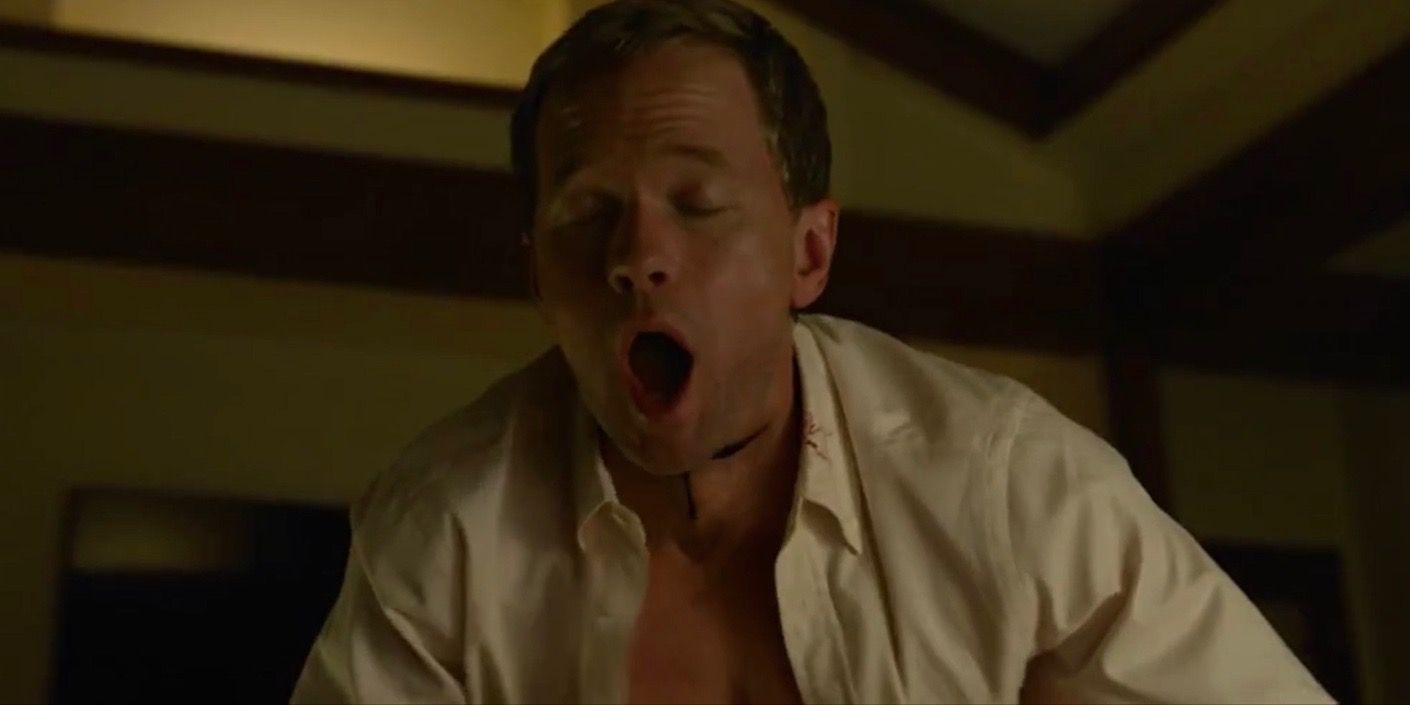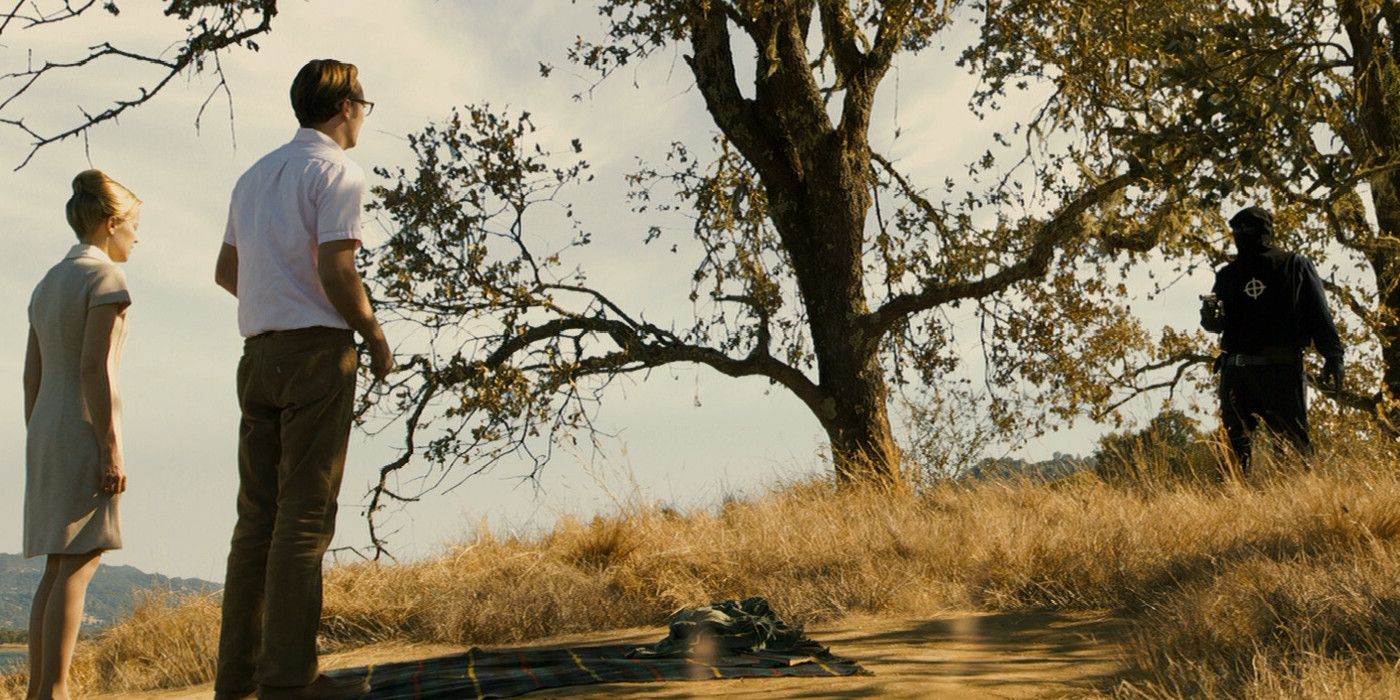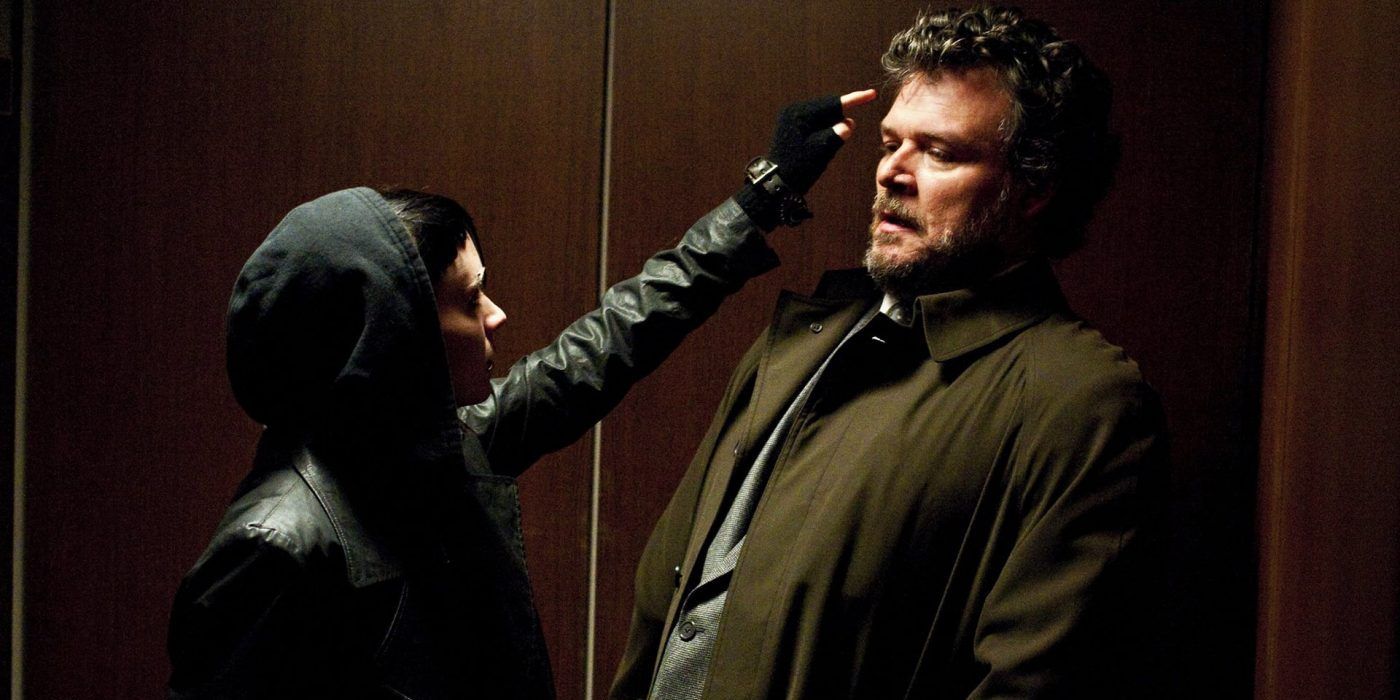David Fincher has built an extensive filmography of quiet, reserved thrillers that emphasize realism and suspense. And even in a hyper-stylized film like Fight Club, its violence and tone are designed to impose on reality.
Fincher’s sheer level of authenticity and meticulous direction make tasteful artistry out of the most horrific things. And such sequences are just as methodical as the overall films, creating an immersive, atmospheric escalation. Combined with careful breaths of character development, this cinematic demeanor is the perfect formula for heightened fear. So, here are ten of the most disturbing scenes Fincher has accumulated across his storied career. Spoiler warning!
The Game - Cab Ride
This was a slightly unusual entry for Fincher, even as another mystery and thriller. The protagonist isn’t especially likable, though his unbridled wealth incites the entire premise. The film is surprisingly interested in exploring a mystery box, rather than unfolding a straightforward plot.
Throughout, we question ourselves and the protagonist, regarding the reality of the situation. This somewhat detracts from suspense. And yet, Fincher’s camerawork sells each moment of action. When Michael Douglas’ protagonist is trapped in a speeding taxi cab, the panic of his drowning vehicle is certainly effective. And the desperation, even in realizing this must be a game, is still immersive.
Fight Club - Lou’s Dispute
This is easily one of the most quotable movies of all time. Although famous for the mind-bending twist, Fight Club boasts tremendous artistic appeal. It’s a uniquely flamboyant movie from Fincher as if he’s found his own Tyler Durden to break loose. The camerawork is equally manic and enthusiastic as Brad Pitt’s fearless Durden. In this selection, Pitt sells the humor as well as the insanity.
The titular fight club meets at Lou’s Tavern, and the owner orders everyone to leave. But Durden simply disturbs Lou by laughing through his brutal beating and then spewing the resulting blood on his face. Pitt’s laugh alone is completely disconcerting. Also, this is one of the film’s few instances where violence isn’t accompanied by the relief of dark humor.
Panic Room - Home Invasion
This is a somewhat underrated thriller, perhaps due to the occasional hyperbole of its screenplay. But it’s certainly a brisk, catchy thriller involving a clever game of wits. Fincher transforms a massive estate into a claustrophobic setting, and makes the most of it.
Sure, Fincher uses CGI for the long shot that details just how trapped our protagonists are. But during the intrusion at the onset, realism strikes his vulnerable characters. Jodie Foster’s protagonist is even using the restroom, an awkward normality often ignored. The initial race to the panic room is filled with legitimate tension, certainly as Foster has to urgently wake her daughter. Mere minutes, the cat-and-mouse sequence is utterly enthralling, and even drops crucial pieces into place.
Zodiac - The Basement
Undoubtedly one of Fincher’s most terrifying films, this final scene builds suspense without one act of violence. Through the audience’s knowledge of the case, as acquired over the course of the film, the dialogue is wholly frightening. It’s unclear if the situation is a deliberate prank, wherein the man simply wants to scare Robert Graysmith.
But his eerie attitude, coincidences, and the rarity of a Los Angeles basement are unnerving enough. As soon as the potential Zodiac killer flicks off the light, Fincher’s camera closes in and accelerates. It’s a captivating game of composure, with a potential killer posturing and a meek cartoonist feigning indifference.
Alien 3 - The Dog
John Wick got away with killing countless Russians over a dead puppy. It just isn’t fitting to kill off the dog, but in this case, Fincher violently swings for the fences regardless. This is a much-maligned film already, having removed the most crucial points of interest from its predecessor.
This immediately rubs fans the wrong way, but it is Fincher’s debut, and the production famously suffered many issues already. Worse, the CGI for the Xenomorphs was undeniably atrocious. Still, even conceptually, this scene is truly disturbing. For all of the humans we’ve seen a chest-burster kill, a dog is somehow far more affecting. Further, the sounds and visuals withhold very little.
The Girl With The Dragon Tattoo - Tortured
The big showdown with the true killer is almost entirely driven by performance. Horrific truths come to light with such a casual attitude. The killer recounts his methods and his past, as a protagonist is hanging helplessly from the ceiling.
The culprit revels in toying with his victim, and the implications of his intentions are just as unsettling as his remarks about going unnoticed. Much like Hannibal Lecter, it suggests that we can all be fooled by evil. The only thing keeping this sequence from invoking complete fright is our confidence in Lisbeth. But the plastic suffocation is definitely disarming, certainly with that horrific POV shot.
Se7en - Sloth
This generally demented film is often considered one of the pinnacles of the genre, and for good reason. The cast is outstanding, the bizarre mystery gut-wrenching, and the direction impeccable.
It’s a very engaging premise to begin with, regarding the antagonist. And with each victim discovered, we are allowed only the aftermath. This is far more effective than any Saw movie, a franchise which started strong, then resorted to mere acts of torture. Here, the sloth victim is actually revealed to still be alive, in one of the most shocking jump scares on film. Their body is so decrepit and detailed, that alone is plenty distressing.
Gone Girl - Murder In Bed
Rosamund Pike’s Amy is widely regarded as one of the most intriguing villains of any thriller. Her convincing flashbacks and demeanor drive the film, one of the most gripping modern mysteries available. The film is unabashedly graphic, with intense sexuality and stunning violence. This sequence just so happens to combine both, using nudity to subdue and destroy as effectively as Amy herself.
The sequence slowly builds to an extraordinarily bloody murder, and the image of Amy bathed in blood is truly horrific. The scene is an indulgent, but a well-earned piece of horror, bolstered by its arresting concept and performances.
Zodiac - The Lake Murder
True crime can result in some of the most devastating sequences imaginable. They can also be easily mishandled, but not in Fincher’s hands. This scene progresses so slowly, our investment in the innocent couple is complete by the time they are taken.
The vivid brightness of the setting is disturbing itself, unusual for a scene of such horrors. But the killer’s dialogue is so calm and collected, as he methodically orders the characters into submission by gunpoint. Feeling the end closing in throughout the scene, having the characters watch each other’s murder is one of the most crushing things imaginable.
The Girl With The Dragon Tattoo - Bjurman Assault
Lisbeth Salander is a very compelling hero, oftentimes one step ahead. Unfortunately, in this scene, she has underestimated the true depravity of Bjurman. It’s deeply revolting that he uses his profession to abuse women, still a timely and disgusting issue.
But further, a rape sequence of such magnitude, hardly shying away from the terror, can feel distasteful and totally unnecessary. It’s a horrifying, vile crime that is truly unwatchable. But Fincher tactfully retains the truth in that, and if one chooses to even include such a scene, perhaps it couldn’t be handled any other way.

